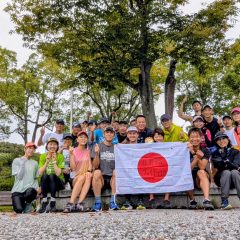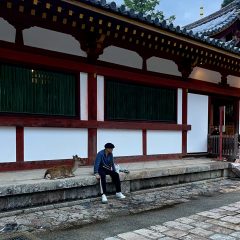(日本語) ☆☆☆これは、グルンワルド財団奨学金の第25回受賞者であるダニエル・ゴットシュタインからの3回目のレポートです。☆☆☆
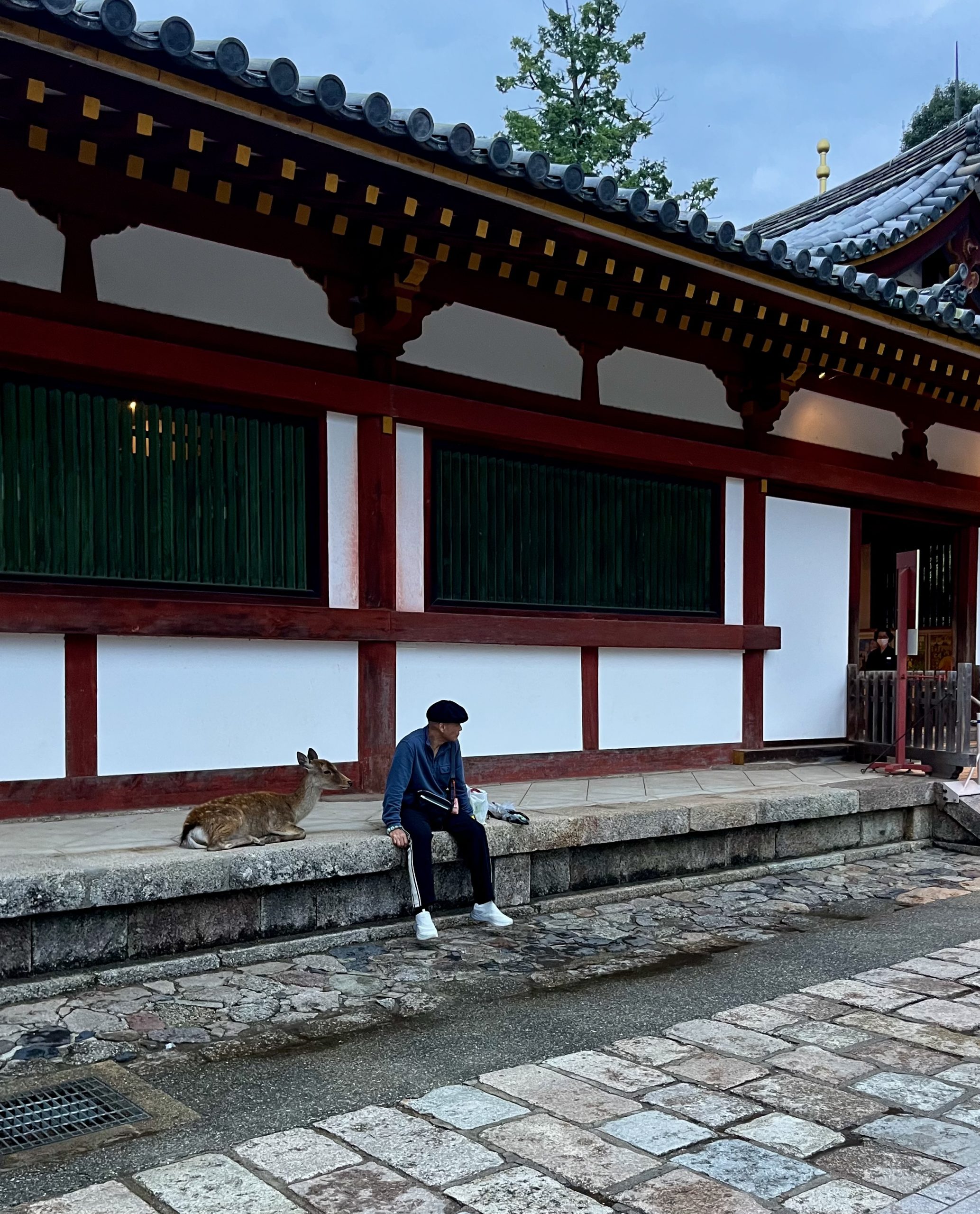
Third Scholarship Report – Daniel Gottstein
Two weeks ago, Sanae Takaichi became the first woman in Japanese history to be elected as Prime Minister. I would like to take this opportunity to share my impressions of this historic event in my third report.
The enthusiasm surrounding the new Prime Minister is immense – her face appears in every form of media. On the screen of a café I often visit, Takaichi seems to be the focal point of news coverage: most reports show her at one of her many initial meetings with foreign heads of state.
What I find particularly fascinating is the contrast between how the Prime Minister is perceived and portrayed in Germany versus Japan. In Western media available to me, I often encounter terms such as right-conservative orientation, Japan First, or strict immigration policy. These are typically accompanied by concerns about limited progress, traditional gender roles, and the consequences of Japan’s aging population – leading to questions about whether such a strict immigration policy can be sustained.
The reactions I have observed in Japan, however, are far more positive. Unlike her predecessor Ishiba, Takaichi is widely seen as a dignified representative of the nation. Her conservative stance is appreciated as a way to preserve Japanese culture and to reestablish a clearer distance from China. Her views on gender roles also find resonance among both men and women. Overall, fewer women here seem to identify with feminist ideas than I am used to in Germany. Nevertheless, the fact that a woman now leads the country is regarded very positively – a sentiment shared by both Western media and Japanese citizens alike.
In all the conversations I have had about the Prime Minister, opinions have been uniformly positive, which is also reflected in her reported approval rating of up to 90%. While I can still only partially understand what is conveyed in Japanese media, my impression is that the coverage there is also largely favorable.
Apart from these political developments, my past two weeks were marked by the Yodogawa Citizens Marathon, which could serve as a prime example of Japan’s remarkable organizational efficiency. Clear instructions provided in advance, assistance for non-Japanese speakers, and unmistakable signage ensured that the race, with over 5,000 participants, began exactly on time – a result of meticulous planning rather than coincidence.
A special highlight was the group warm-up session with the Japanese marathon gold medalist of the 2000 Olympics, Naoko Takahashi. The event concluded with a lively brass band performance, making it an overall very positive and memorable experience for me.
Attached are a few impressions from my time in Japan.
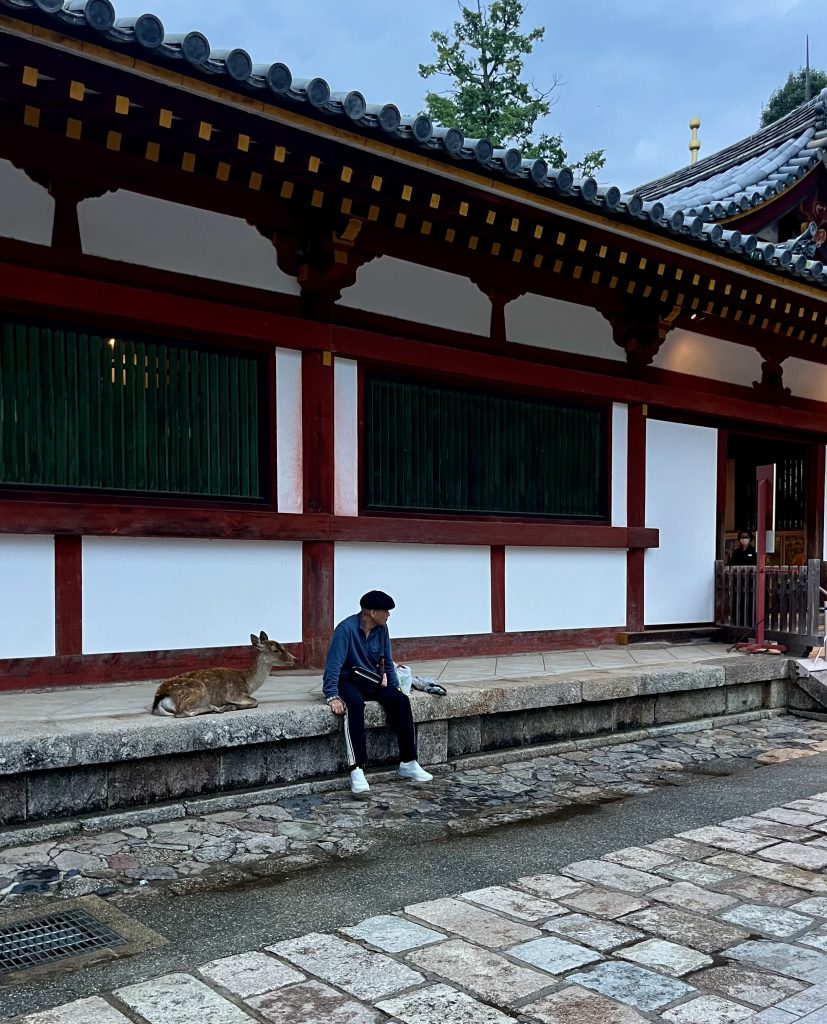 Nara, Tōdai-ji
Nara, Tōdai-ji
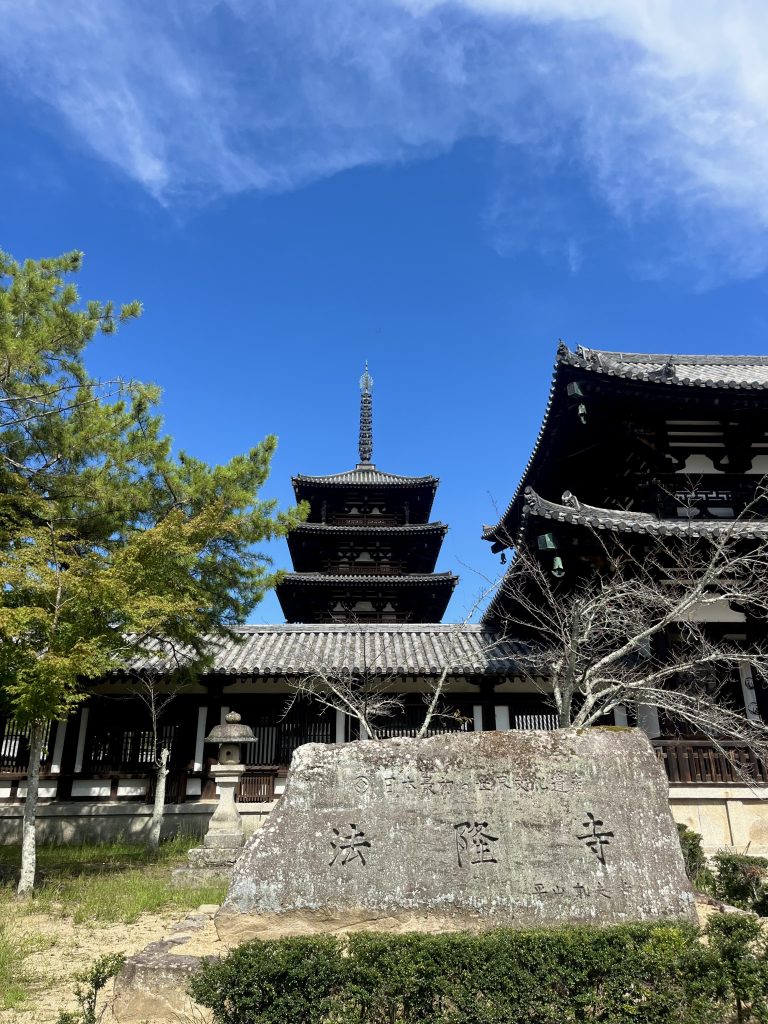 Nara, Hōryū-ji
Nara, Hōryū-ji
 Kobe, Venus Bridge
Kobe, Venus Bridge
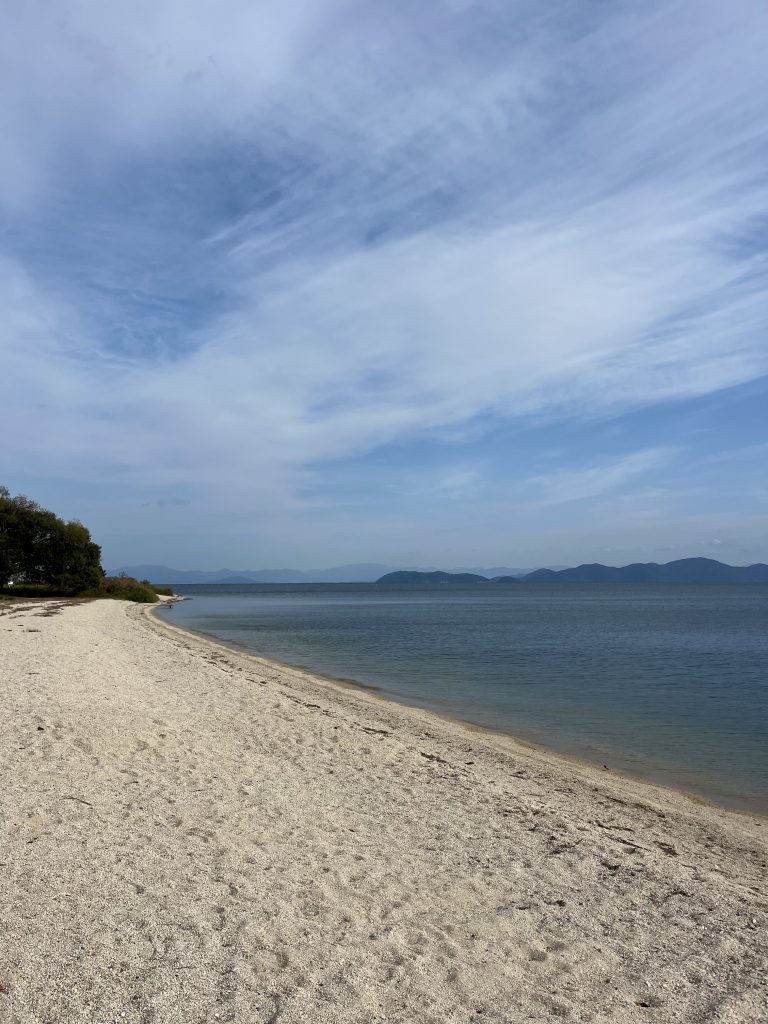 Lake Biwa
Lake Biwa
 Mino, Ryuan-ji
Mino, Ryuan-ji
 Mino
Mino
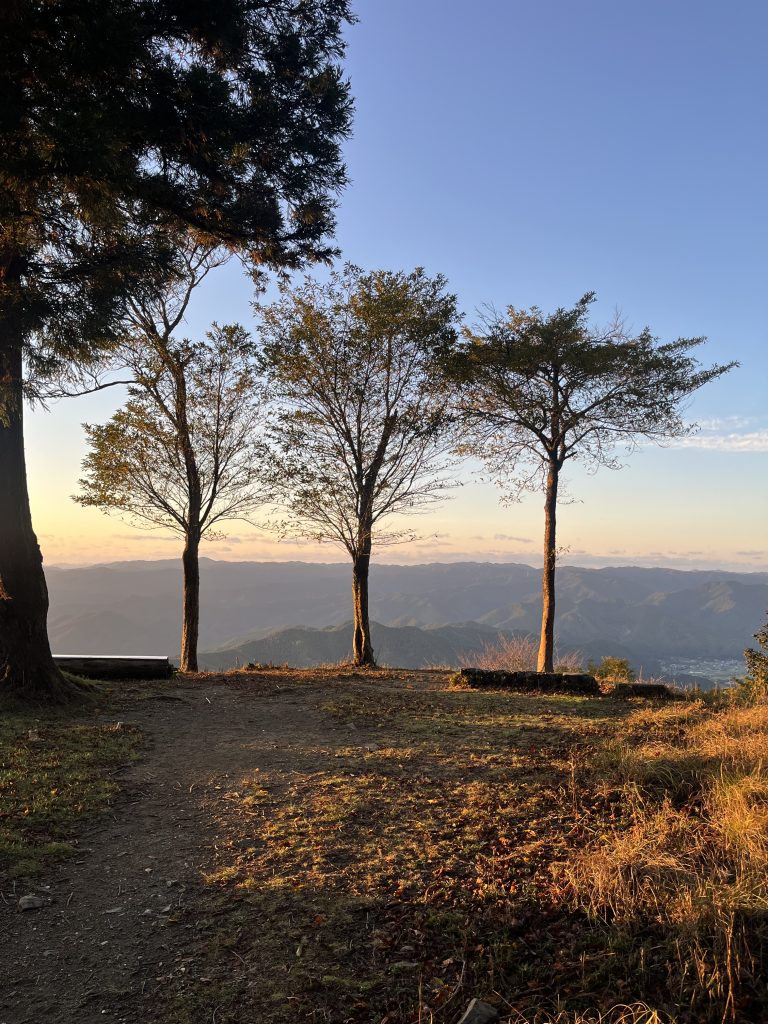 Kyoto, Hiei-San
Kyoto, Hiei-San
 Osaka, Osaka-Castle
Osaka, Osaka-Castle
I am very much looking forward to what the coming weeks will bring and am excited about the second half of my stay.

